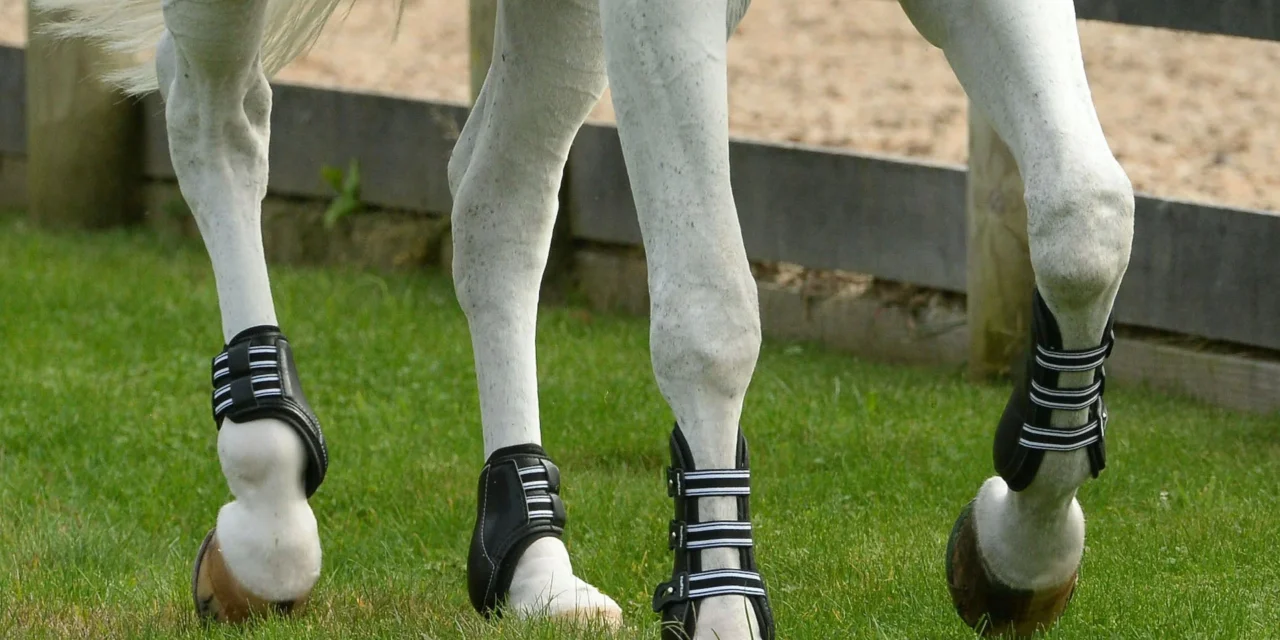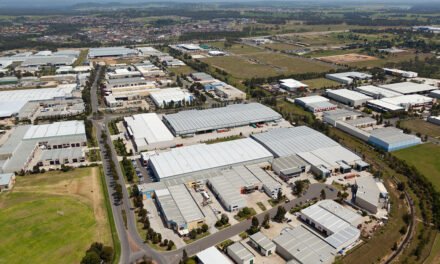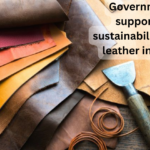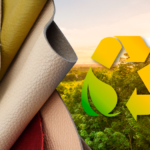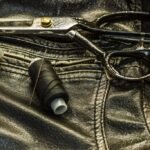Leather boots and protective gear for animals like dogs and horses are carefully crafted to ensure durability, comfort, and protection. Here’s a step-by-step overview of the process:
1. Design and Measurement
- Purpose-Based Design: Gear is designed for specific needs, such as protection from rough terrain, cold weather, or injuries.
- Dog Boots: Designed for paws, with measurements for width, length, and strap placements.
- Horse Boots: Designed for hooves, fetlocks, or legs, tailored to the size and breed.
- Templates and Patterns: Leather templates are cut according to precise measurements to ensure a snug and comfortable fit.
2. Material Selection
- Leather: High-quality, durable leather (e.g., cowhide) is chosen for its strength, flexibility, and breathability.
- Lining: Soft materials like neoprene, fleece, or padded leather are used for interior linings to avoid chafing or irritation.
- Reinforcements: Harder leather or synthetic inserts are added for durability in high-impact areas, like soles or leg guards.
3. Cutting and Shaping
- Leather pieces are cut using specialized tools or dies.
- Pieces are shaped to fit paws (for dogs) or the legs and hooves (for horses).
- Padding is added where additional comfort or shock absorption is needed.
4. Stitching and Assembly
- Double-Stitching: Leather pieces are sewn together using industrial-grade thread for strength.
- Seams: Seams are reinforced and placed away from areas of direct pressure to prevent discomfort.
- Straps and Fastenings:
- Dog Boots: Velcro, buckles, or elastic straps for secure yet easy-to-adjust fastening.
- Horse Boots: Strong hook-and-loop straps, buckles, or laces to keep gear secure during activity.
5. Adding Reinforcements and Soles
- Protective Soles: For boots, thick leather or rubber soles are added to provide grip and protection from sharp objects, heat, or rough terrain.
- Leg Reinforcements: For horses, areas like the fetlock and tendons receive reinforced leather pads for impact protection.
- Water-resistant coatings or treatments may be applied for weather durability.
6. Finishing and Polishing
- Edges are smoothened to prevent irritation.
- Leather is conditioned and polished to enhance flexibility, shine, and resistance to wear.
- Decorative elements (optional): Custom engraving, studs, or stitching patterns may be added.
7. Testing and Quality Control
- Finished products are tested for fit, durability, and flexibility.
- Boots are checked to ensure they do not restrict movement or cause discomfort.
- Final adjustments are made based on fit trials for animals.

